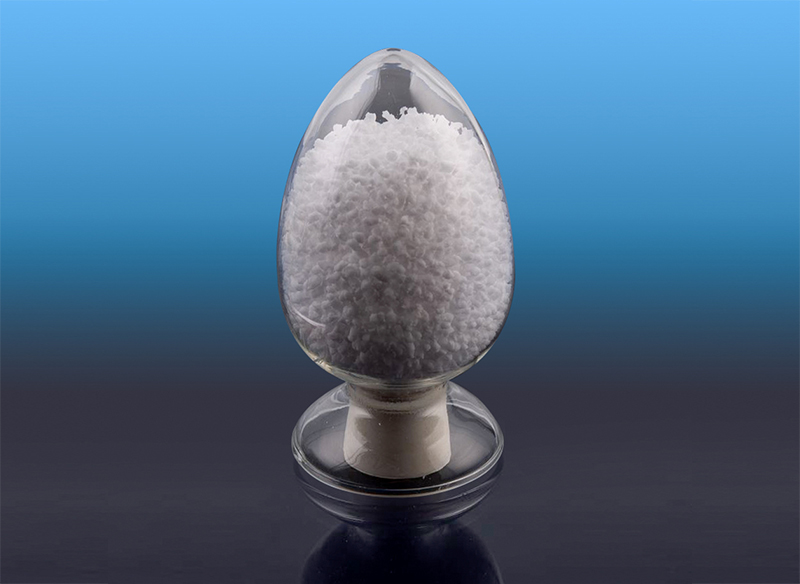How does the process of polymerization affect the molecular weight and distribution of Styrene-Butadiene Block Copolymer?
The process of polymerization significantly influences the molecular weight and distribution of Styrene-Butadiene Block Copolymer (SBC), which in turn affects its physical properties and applications. Here’s how polymerization impacts these aspects:
1. Polymerization Method
Types of Polymerization: Styrene-Butadiene Block Copolymer can be produced through various polymerization techniques, including:
Emulsion Polymerization: Involves the dispersion of monomers in water with surfactants and initiators, leading to the formation of polymer particles. This method often results in a narrower molecular weight distribution.
Solution Polymerization: Involves dissolving monomers in an organic solvent, allowing for better control over reaction conditions. This method can yield higher molecular weights and broader distributions.
Bulk Polymerization: Involves polymerizing monomers in their pure form without solvents. This can lead to high molecular weights but may also result in a broader molecular weight distribution due to less control over reaction conditions.
2. Reaction Conditions
Temperature: Higher temperatures typically increase the reaction rate, which can lead to higher molecular weights due to increased chain growth. However, excessive temperatures may also cause chain scission, which can lower molecular weight.
Initiator Concentration: The concentration of the initiator affects the rate of polymerization. Higher initiator concentrations can lead to a higher number of active sites, resulting in shorter polymer chains and lower molecular weight.
Monomer Concentration: The initial concentration of styrene and butadiene influences the polymerization kinetics. Higher concentrations can lead to a higher molecular weight but may also increase the chance of side reactions.

3. Molecular Weight Control
Chain Transfer Agents: The addition of chain transfer agents during polymerization can be used to control molecular weight. These agents terminate the growing polymer chains, leading to shorter chains and a narrower distribution.
Block Structure Formation: The distinct block structure of SBC arises from the sequential polymerization of styrene and butadiene. The rate of polymerization for each monomer can be controlled to achieve the desired block length and molecular weight.
4. Molecular Weight Distribution (MWD)
Narrow vs. Broad MWD: Emulsion polymerization often results in a narrower MWD, which provides better mechanical properties and processability. In contrast, bulk or solution polymerization can lead to broader distributions, which may enhance impact resistance but could compromise other properties like elasticity.
Effects of MWD on Properties: A narrow MWD typically results in better thermal and mechanical properties, while a broader MWD can improve toughness and flexibility. The balance of styrene and butadiene in the blocks also influences the overall performance of the copolymer.
5. Post-Polymerization Processing
Blending and Compounding: After polymerization, SBC may be blended with other polymers or additives, which can further affect its molecular weight and distribution. The processing conditions (e.g., temperature, shear rates) during these steps can lead to changes in the molecular architecture.





